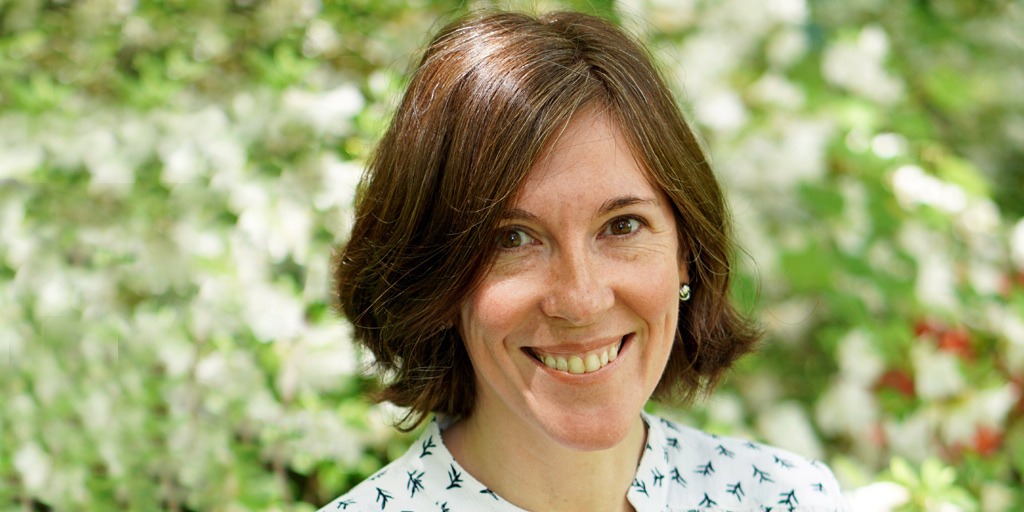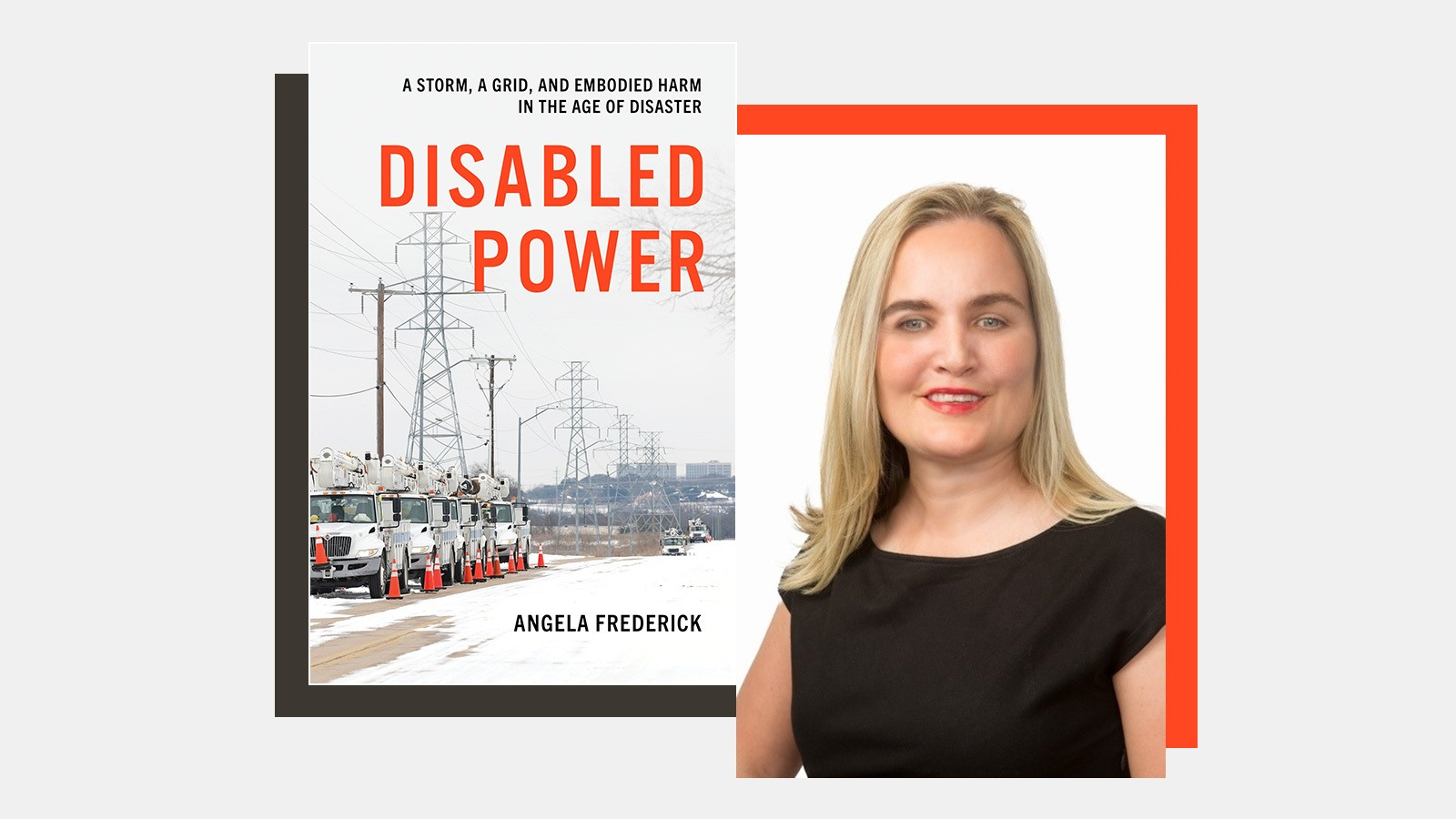Focusing research on solutions instead of problems enables scientists to make their findings more relevant to the public, according to Jessie Buckley, Ph.D. She spoke Aug. 12 as part of a new NIEHS cross-divisional seminar series (see sidebar).
A recipient of the institute’s Outstanding New Environmental Health Scientist (ONES) award, Buckley has spent the past few years thinking about how to apply a solutions mindset to her work on chemical mixtures. She is an environmental epidemiologist at Johns Hopkins University and co-investigator for the Environmental influences on Child Health Outcomes (ECHO) Data Analysis Center.
“Communicating our results in a way that stakeholders and the public can understand is one of the biggest ways that we can be solutions-oriented,” said Buckley. Her virtual lecture was hosted by Abee Boyles, Ph.D., a health scientist administrator at NIEHS.
A shifting mindset
Buckley presented colorful graphs from a few recent papers exploring the health effects of various chemical mixtures found in the environment. “These are great ways to depict the results from these studies, but it’s still hard for the average person to understand how these results map to something that they could adopt in their daily lives,” she said.
Solutions-oriented environmental epidemiology could be a way to connect those dots.
Whereas problem-oriented epidemiology focuses on causes of disease that occurred in the past, Buckley explained, solutions-based epidemiology focuses on actions that could improve health in the future. Shifting from one approach to the other is like shifting from a glass-is-half-empty to a glass-is-half-full mentality.
“This kind of shift has an important implication for how we think about our research questions, create hypotheses, and design our studies,” she added.
Identifying interventions
Buckley explained how she has used a solutions-oriented framework in her ONES-funded work, which explores how exposure to per- and polyfluoroalkyl substances (PFAS) affects childhood bone health. Rather than assessing the effects of individual exposures, she has examined the overall effects of exposure mixtures to better reflect potential impacts of interventions at different life stages. “I started thinking, if we are going to intervene on PFAS, when would be the most important time point?”
 PFAS are a large, complex, and ever-expanding group of man-made chemicals that are widely used to make products ranging from cookware to firefighting foam. (Photo courtesy of motorolka / Shutterstock.com)
PFAS are a large, complex, and ever-expanding group of man-made chemicals that are widely used to make products ranging from cookware to firefighting foam. (Photo courtesy of motorolka / Shutterstock.com)She and her colleagues analyzed PFAS exposures at four points early in life — during pregnancy and ages 3, 8, and 12 years — as well as bone mineral density scores in children enrolled in the Health Outcomes and Measures of the Environment Study. The researchers showed that reducing PFAS exposures at all time points would result in a significant increase in bone mineral density.
“It was a pretty large magnitude change when you compare it to other factors, such as physical activity,” said Buckley.
Public health impacts
NIEHS Acting Deputy Director Gwen Collman, Ph.D., said she appreciated Buckley’s framing of solutions-oriented research. During a follow-up meeting, Collman asked how such an approach could incorporate concepts like health equity and social determinants of health.
“One way of doing it is to think about how you can target interventions to the most vulnerable populations,” said Buckley. For example, researchers have long sought to investigate how reducing lead exposure in homes can yield better health outcomes for those populations, which include low-income individuals and certain minorities, among others.
(Marla Broadfoot, Ph.D., is a contract writer for the NIEHS Office of Communications and Public Liaison.)
Source link
factor.niehs.nih.gov


